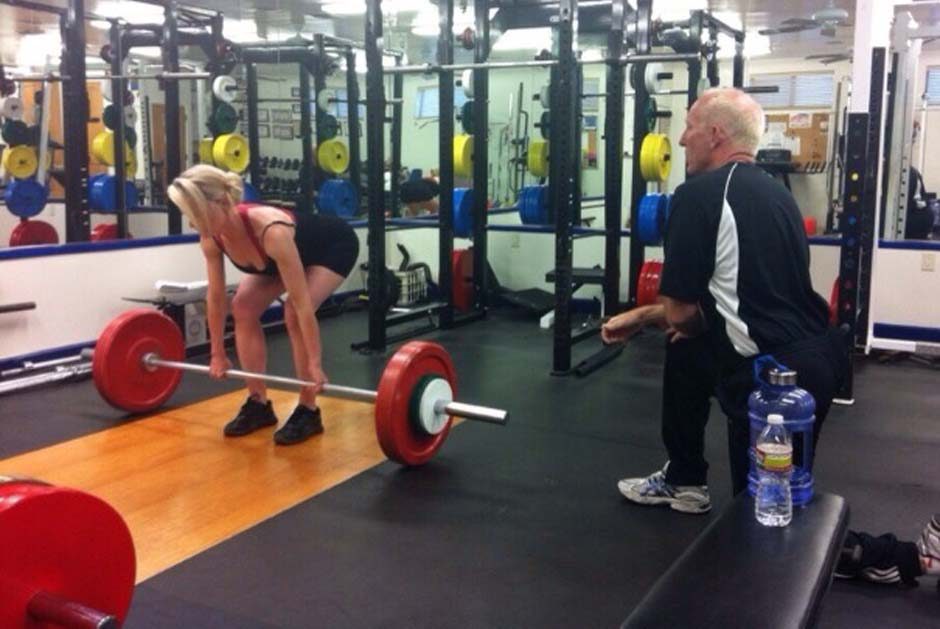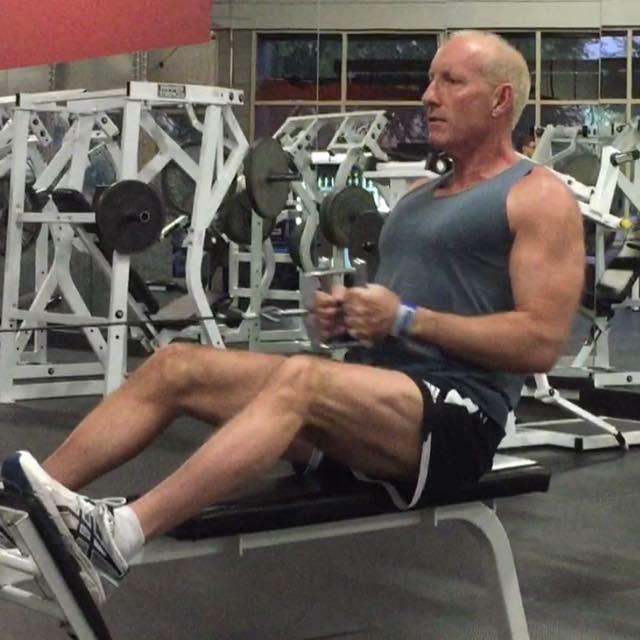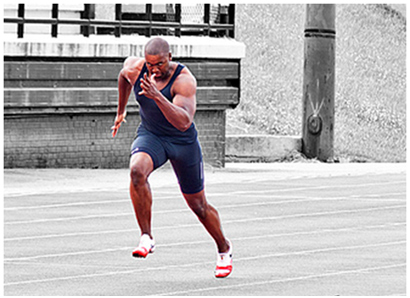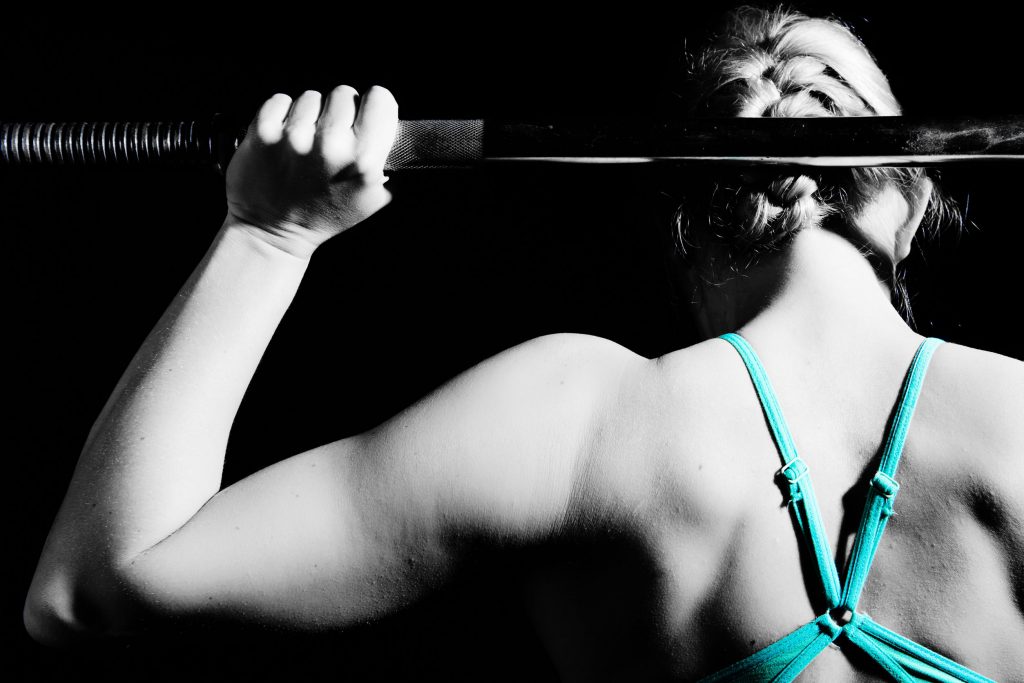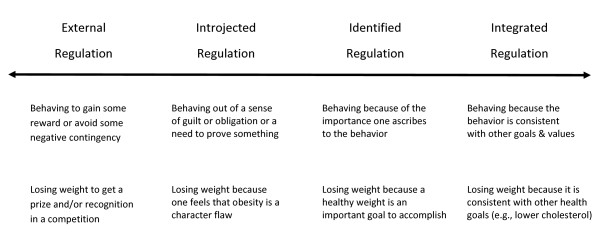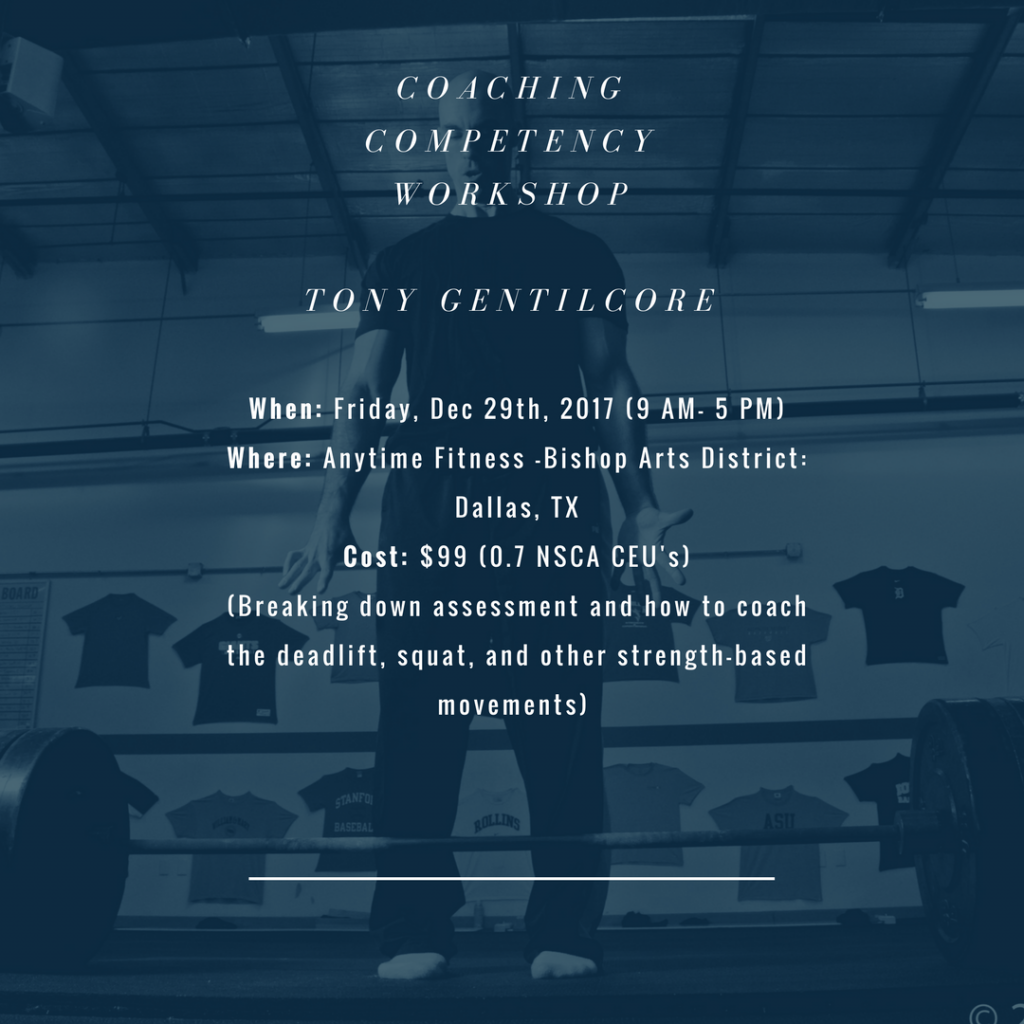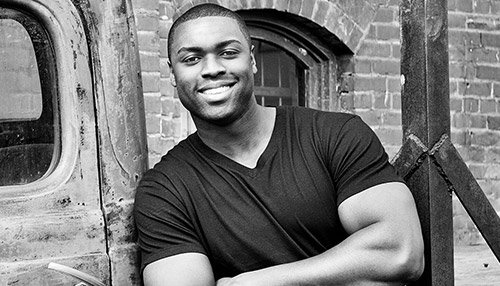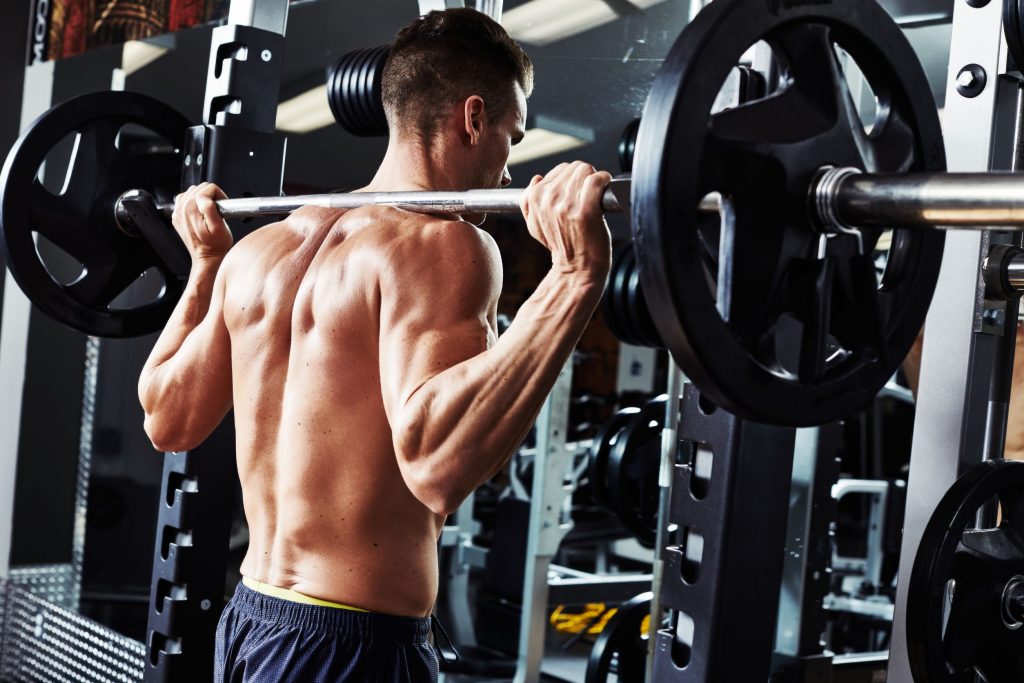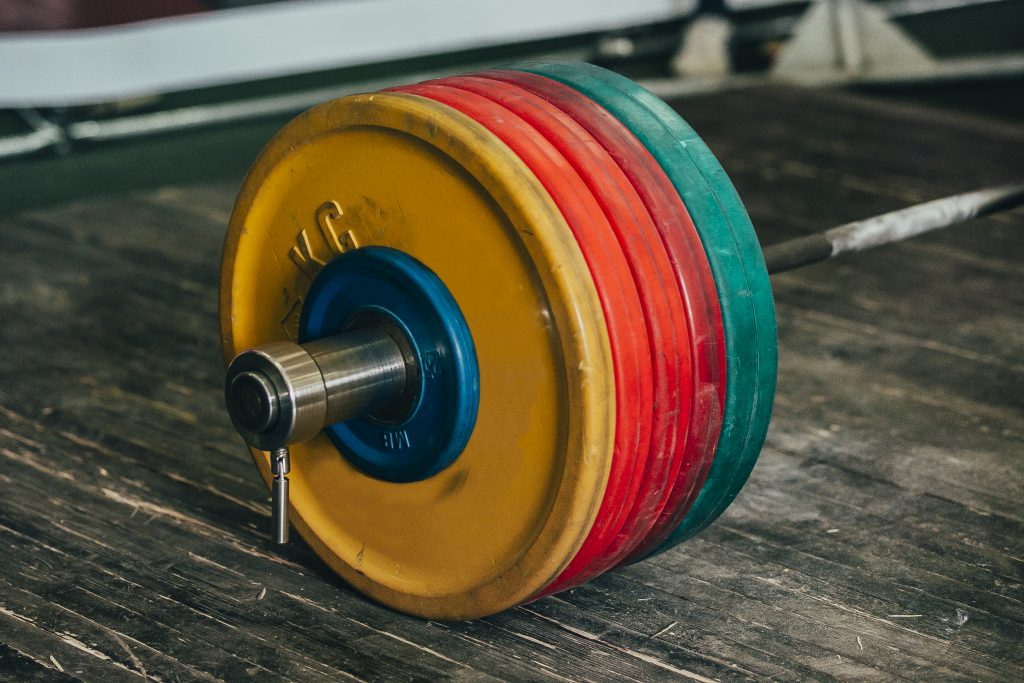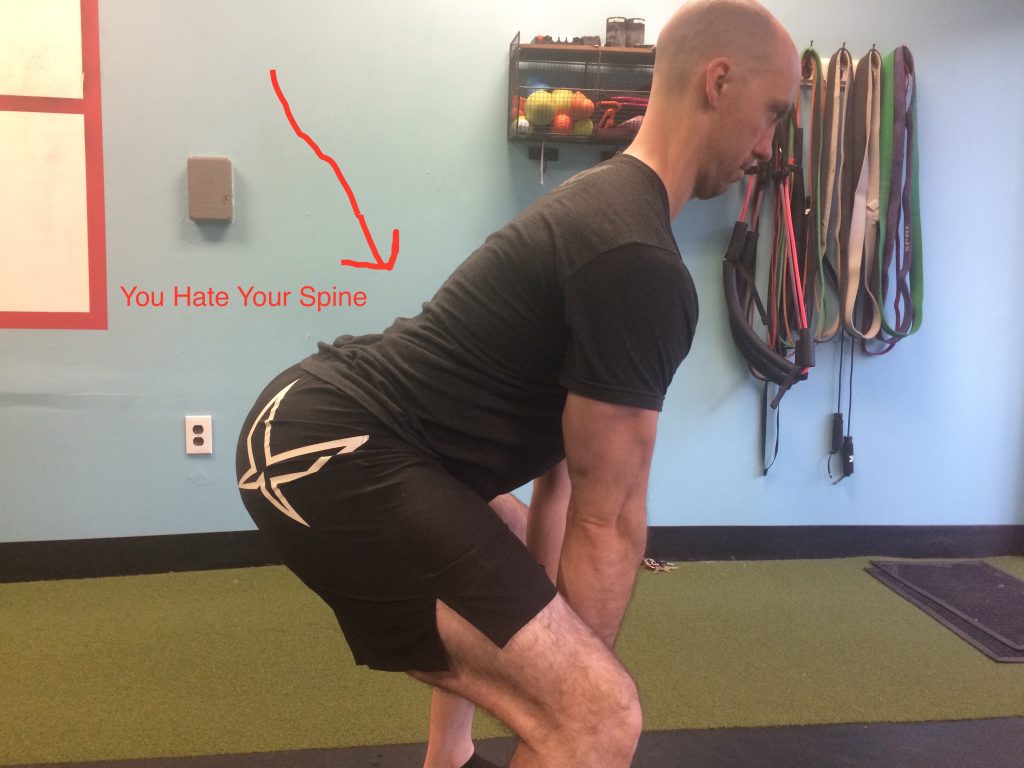My name is Tony Gentilcore and I am over 40 years old.
41 to be exact.
Old enough to remember when He-Man ruled Saturday morning cartoons, Back to the Future was released in theaters, and when shows like Knight Rider and Air Wolf were network tv staples.1
Too, I’m also the same age now that, in some demented version of paying it forward, I feel I’m obligated to tell every 25 year old I pass at the squat the following words of wisdom I used to receive ad nauseam when I was their age….
“You wait till you’re my age, kid. You won’t be training like that.”
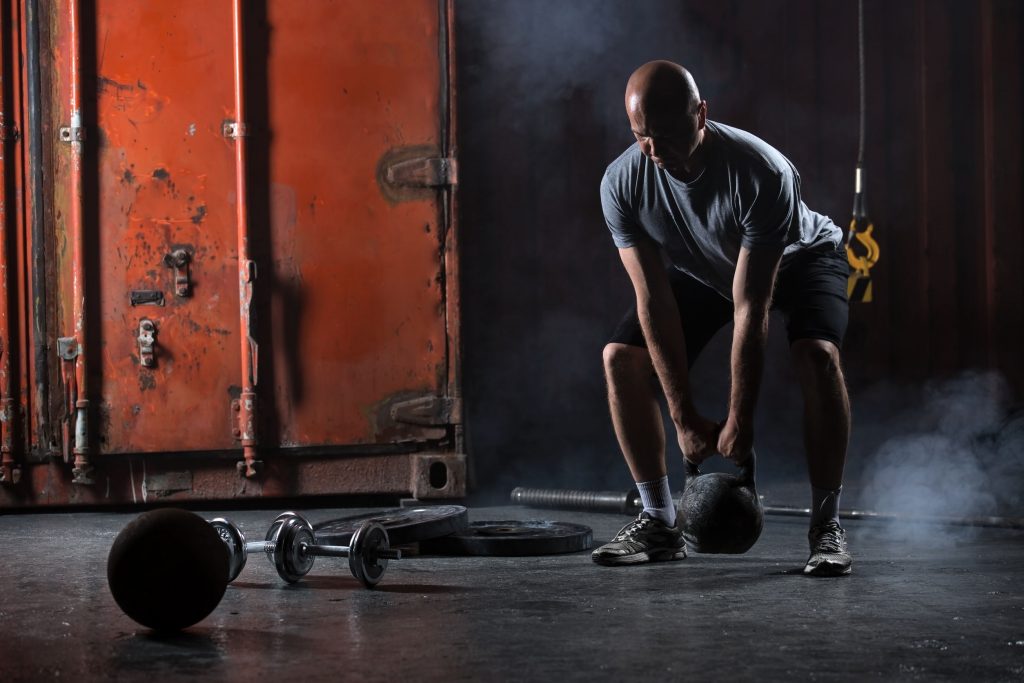
Needless to say, I think that statement is peppered with a degree of malarkey 2
I know when I used to hear it my eyes would roll so hard to the back of my head I’d look like Bran Stark/the Three-Eyed Crow.
“Pfffffft, whatever grandpa,” I’d think to myself. “I’m still going to be getting after it well past the age of 40. I’m not going to use age as an excuse to take it easy.”
Well, now that I am “of age”…I can say two things with confidence:
- I’ve never uttered the “wait till your my age” line to anyone, ever.
- There is a bit of truth to it. Training, for most guys, most of time, will require a degree of tinkering once the big FOUR-O hits.
- Given all the 80’s-90’s remakes in Hollywood of late, when the hell is Air Wolf going to get some love?
You’re 40, Not Dead
My friend and colleague, Bryan Krahn, sums it up nicely:
“Few things are as divorced from reality as your typical “over 40” fitness article.
It shouldn’t come as a surprise, as their respective authors are typically 25 year-olds with social media profiles filled with self-serving selfies yet very few actual mid-life clients.
What really irks me though is the whole “one size fits all” approach.
Certainly there are a few universal truths that apply to most every 40-something fit person (or wanna-be fit person).
Age requires more attention be paid to cardiovascular health, lipids, and joint mobility, all while keeping both day-to-day and overall recovery in check.”
While there are exceptions to the rule, in my experience, most articles or training programs geared to the 40+ lifter can be summarized as follows:
Knee pain? No squatting, lunging, running, walking, or breathing for 4 to 317 weeks.
Low back pain? No deadlifting whatsoever. And obviously…creatine, BCAA’s, Jack3D, and a Starbucks Grande mixed in apple cider vinegar.
Shoulder pain? Surgery…there’s no other way.
In a nutshell, you’re relegated to a program filled with nothing but cable pull-throughs, hip flexor stretches, and shoulder external rotation drills.
Basically, it’s corrective exercise hell.
To which I say:
Make no mistake: the various nuances that come into play when discussing the over 40 lifter – career, kids, prostate exams – do require our consideration and attention when designing a competent, well-thought out training program.
However, lets not toss in the towel and start the countdown to Hospice Care just yet.
Frequency of Workouts May Trump Length
In my twenties and early 30’s I used to pride myself on the length of my workouts.
2-2.5 hour training sessions were not outside the norm.
Then again, back then, my life revolved around reading Vonnegut novels and watching Alias re-runs. I had nothing but time to workout.
And, as you can probably surmise, I was a major hit with the ladies.

Today the idea of workouts running that long make me cringe. In fact whenever I hear about anyone bragging about a workout that rivals the running time of Titanic my inner “Sweet Brown” can’t help but take over:
“Ain’t nobody got time for that!“
Once family, work, and never-ending extra-curricular activities for the kiddos start to enter the equation, having 60-90 minutes available to squeeze in a training session is a rare commodity.
Vegas has better odds of you spotting a unicorn
To that end, I’ve found it behooves many trainees (with a life) to make the switch to shorter, more frequent training sessions – 30-45 minutes – throughout the week in lieu of marathon sessions.
While not always the case, it tends to be more palatable to tell someone to squeeze in a “quickie” – maybe a “meathead” session where they get an arm pump – than it is to force-feed a workout that takes 90 minutes to complete.
What’s more, and from what has been my experience, those quickie 30 or so minute sessions tend to be money workouts.
Meaning, people will work hard. And, I’d rather someone work hard for 30 minutes, 4-5 times per week than to half-ass 2-3 90 minute sessions.
Flirt With Performance, Don’t Have a Relationship With It
Forgive the potty mouth, but this is probably the one thing that will mind-fuck a lot of people.
I’ve always championed the notion that having a performance-based goal is a game changer for most trainees, as it provides purpose and intent with training.
It prevents incessant meandering around the weight-room, which is always a progress killer.
That being said, I came across this Tweet from strength coach Jim Laird the other day that really hammers home a key point:
If longevity is your number one goal. You only want to flirt with performance, not have a relationship with it.
— Jim Laird (@jimlaird44) December 12, 2017
You should train for performance. Just not year round.
Case in point, I finally hit a 600 lb deadlift just before my 41st Birthday last month.
NOTE: This may or not be the 512th time I’ve posted this video.
While this had been a long-time goal of mine I’d be remiss not to note that it came with its parade of setbacks.
I’d go very long stretches hitting my deadlift pretty hard. And, inevitably, my back would be like “Um, fuck you, Tony.”
It wasn’t until I took a step back and realized it would help to intermittently pump the brakes, not to mention take breaks, specifically, from training for this one goal that I really started to make headway.
(In no small part this revolutionary breakthrough came as a result of hiring another coach to write my programs.)3
You Don’t Want To Hear It, But Mobility Matters
Nobody wants to do their mobility work.
I’d soon rather wash my face with broken glass than do it myself.
But I do it anyways.
The key, I found, is to attack it in one of two ways:
1. Understand that the quickest way to guarantee your clients (probably) won’t do it is to include a warm-up at the start of a training session that A) includes a list of 20 exercises and B) takes far too long to complete.
2. Instead, either include more “hybrid” based mobility drills that combine several exercises into one which will help expedite the process:
Pigeon to Half-Kneeling
Seated 90/90 Flow Drill
Yoga Push-Up Complex
OR
Include more “fillers” – low grade mobility/activation drills – INTO the program itself.
As an example:
A1. Trap Bar Deadlift 3×5
A2. Rocked Back Adductor Stretch w/ Extension-Rotation 3×6/side
Or maybe:
A1. Pecification of Pecs (Bench Press) 3×5
A2. Bench T-Spine Mobilization 3×8
The “filler” approach is great because it still sprinkles in exercises that target problematic areas – glute activation, T-spine mobility, hip flexors that need a crowbar to release – yet it doesn’t feel too “correctivey.”
It’s the perfect way to trick people into doing the stuff they need to be doing, but otherwise wouldn’t.
Now if only there were a program that was designed for the 40+ lifter in mind…..
Strong MOFo Program
Bryan Krahn and I are looking for highly committed, experiences lifters to beta-test our Strong MOFo program for four months.
The Deets
The program will be hosted on my CORE Online app, which in an online service via my website. This offers a few benefits:
- This will allow you to follow the program on your phone (but relax, you’ll also have the option to print it out too, you geezer).
- You’ll have immediate access to video tutorials and explanations of all exercises.
- You’ll also have access to a community forum to converse with other beta testers as well as to ask questions to Bryan and myself.
- Selfishly, it’s more convenient for us to go this route rather than deal with a plethora of Excel spreadsheets and emails. This way, there’s a “home-base” for everything.
Cost: We’re offering this beta program at a price of $249. This will cover four months of programming (and is less than what Bryan and I charge for one month of distance coaching).
Start Date: The start date is Monday, December 18th.
Requirements
- You have to be a minimum of 35 years old.
- You have to have experience lifting weights. If you’re unable to deadlift, then, um, this may not be the program for you.
- You have to have access to a well-equipped commercial or home gym. The last thing we want to be doing is tweaking someone’s program who only has access to dumbbells up to 40 lbs, a treadmill, and a rubber ducky.
- You have to be relatively injury-free. Aches and pains are one thing. A frozen shoulder or six-months post back surgery is another

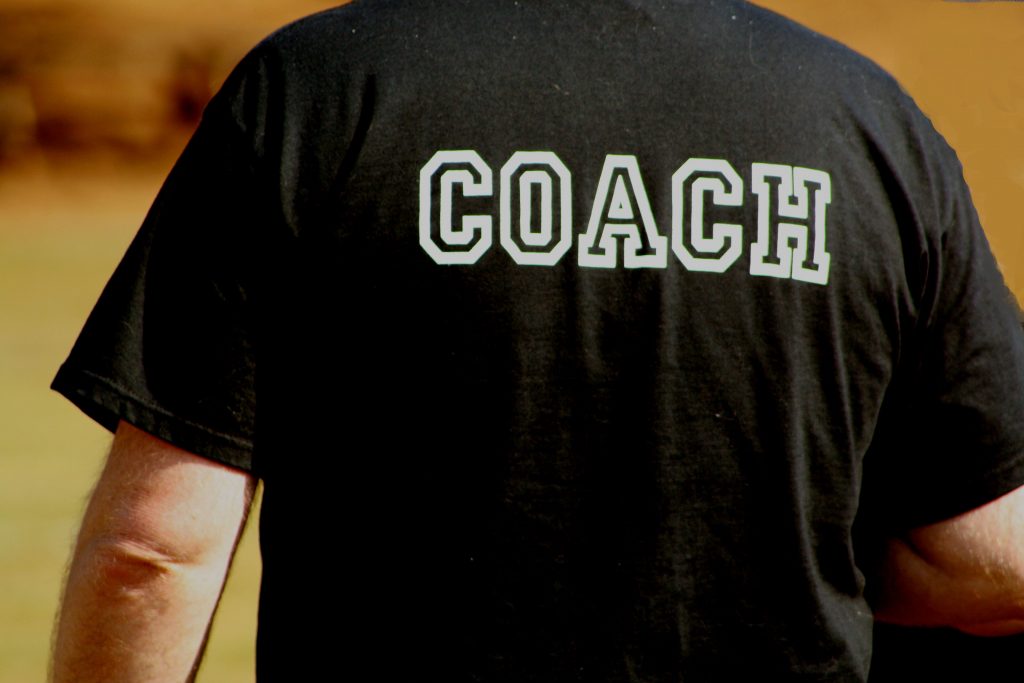
 passionately advocates a studying technique that he claims will dramatically reduce the time it takes to learn a subject — it’s called
passionately advocates a studying technique that he claims will dramatically reduce the time it takes to learn a subject — it’s called 
